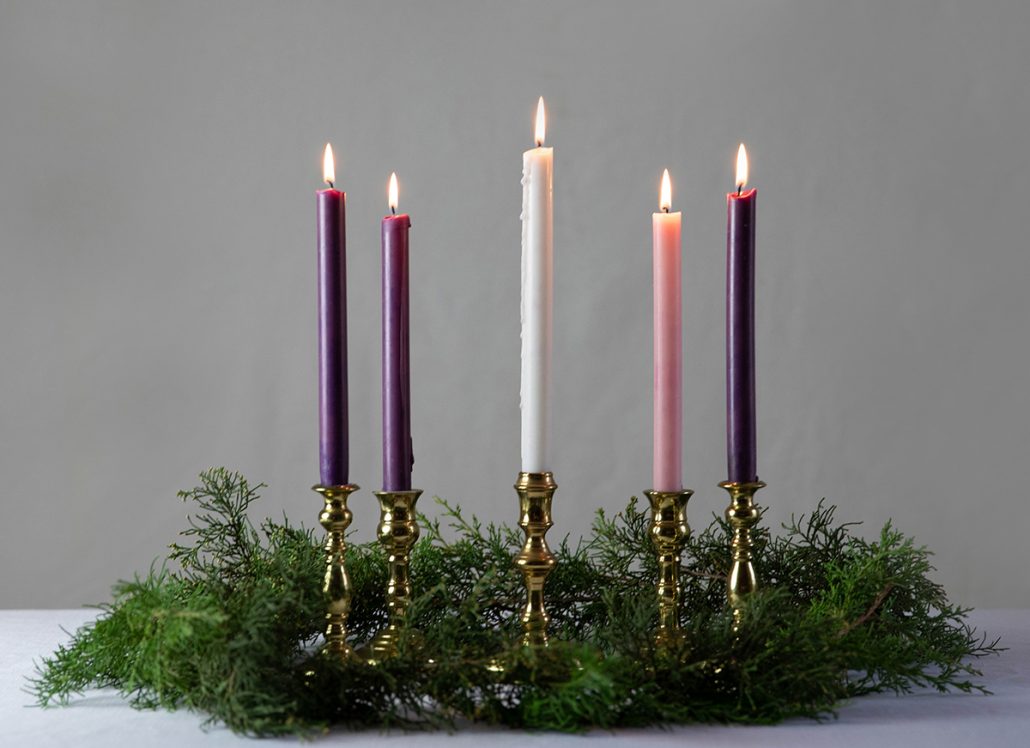Since the sixth century, the season of Advent has been set aside as a time of preparation for Christ’s coming. The word Advent is Latin for “coming towards” (“ad” meaning towards and “vent” meaning “to come.”)
Most Christians around the world observe four Sundays of Advent. Counting four Sundays back from Christmas Day determines the date of the first Sunday of Advent. Traditionally, churches light one candle each Sunday on their Advent wreath. The candles represent hope, faith, joy, and peace, respectively. This is sometimes followed by lighting the fifth candle for the Christ-child on Christmas Day.
The liturgical colours used during Advent are usually blue or violet. Blue is used to signify hope, while violet, the royal colour, is used to proclaim the coming King, Christ.
In China, only some five percent of the people are Christian, who celebrate Christmas by lighting up their homes with colourful paper lanterns and red paper pagodas hung in windows.
Towns in Mexico become cities of angels with angelic processions. Their Advent ceremonies are called Las Posadas or “The Inns”. Children process to selected homes, marking the journey that Mary and Joseph made from Nazareth to Bethlehem.
In Hungary, daily mass is held at dawn every day from the first Sunday of Advent to the first day of Christmas. They call it the Angelic or Golden Mass. A traditional Advent treat is called beiigli, a rolled-up pastry filled with poppy seeds or walnuts.
In Poland, Advent starts with prayer, fasting, and spiritual preparation as the people attend very early morning masses called roraty. They light candles to symbolise the coming light of day and salvation.
Many countries observe fasting during the Advent season for penitence, or perhaps in preparation for the feasting at Christmas.
Advent calendars originated in Germany. From the early 19th century, the people began to mark the days of advent by either burning a candle or marking their doors with chalk. The practise of hanging a religious image each day was added later. From this idea, the first handmade wooden Advent calendar was made in 1851. Each door opened to reveal a different picture of a Christian theme.

